Description
Synthetic Polymer Adsorbents: Versatile Tools for a Cleaner and More Efficient World
In a world increasingly focused on sustainability and resource optimization, the need for efficient separation and purification technologies is paramount. Among the tools used to achieve these goals, synthetic polymer adsorbents stand out for their versatility, tunable properties, and wide range of applications. These materials, designed and engineered at the molecular level, offer a powerful alternative to traditional adsorbents like activated carbon and zeolites, enabling significant advancements in various fields.
What are Synthetic Polymer Adsorbents?
Unlike naturally occurring adsorbents, synthetic polymer adsorbents are custom-made materials formed by the polymerization of organic monomers. This allows for precise control over their physical and chemical properties, including:
- Pore Size and Distribution: By carefully selecting monomers and polymerization techniques, scientists can tailor the pore structure to specifically target molecules of interest, enhancing adsorption efficiency.
- Surface Area: High surface area is crucial for effective adsorption. Synthetic polymers can be engineered to possess exceptional surface areas, maximizing the number of active sites available for binding.
- Chemical Functionality: Introducing specific functional groups (e.g., amino, carboxyl, or sulfonic acid groups) onto the polymer surface imparts selective affinity for specific target molecules, enabling precise separation.
- Hydrophobicity/Hydrophilicity: Controlling the hydrophobic or hydrophilic nature of the polymer allows for selective adsorption of molecules based on their polarity.
- Mechanical Strength and Stability: Synthetic polymers can be designed to withstand harsh chemical conditions and mechanical stress, extending their lifespan and broadening their applicability.
Advantages over Traditional Adsorbents:
Synthetic polymer adsorbents offer several advantages over traditional materials like activated carbon and zeolites:
- Tunability: Their customizable properties allow for optimization for specific applications, leading to higher selectivity and efficiency.
- Regeneration: Many synthetic polymers can be easily regenerated, allowing for repeated use and reducing waste.
- Reduced Dust Formation: Compared to activated carbon, synthetic polymers typically exhibit lower dust formation during handling and processing.
- Chemical Resistance: They often exhibit better resistance to harsh chemicals, extending their lifespan in demanding environments.
- Lower Pressure Drop: Their tailored pore structure can lead to lower pressure drops in column applications, reducing energy consumption.
Applications Across Diverse Industries:
The versatility of synthetic polymer adsorbents has led to their widespread adoption in various industries:
- Water Treatment: Removing pollutants like organic contaminants, pesticides, and heavy metals from drinking water and wastewater.
- Pharmaceuticals: Purifying drug intermediates, removing impurities from drug products, and separating chiral molecules.
- Food and Beverage: Decolorizing sugar solutions, removing undesirable flavors and odors, and purifying fruit juices.
- Chemical Industry: Separating and purifying organic compounds, recovering valuable materials from waste streams, and catalyzing chemical reactions.
- Biotechnology: Separating and purifying proteins, enzymes, and other biomolecules in biological research and industrial processes.
- Environmental Remediation: Removing pollutants from soil and sediments, cleaning up industrial spills, and capturing greenhouse gases.
Examples of Synthetic Polymer Adsorbents and their Applications:
- Polystyrene-divinylbenzene (PS-DVB) resins: Widely used for removing organic contaminants from water, purifying pharmaceutical products, and separating organic compounds.
- Acrylic resins: Used in various applications, including decolorizing sugar solutions and purifying fruit juices.
- Ion exchange resins: Used for water softening, removing heavy metals, and purifying pharmaceuticals.
- Macroporous resins: Possess high surface area and are suitable for adsorbing large molecules, making them ideal for protein purification.
The Future of Synthetic Polymer Adsorbents:
Research and development in this field are constantly pushing the boundaries of what these materials can achieve. Future trends include:
- Development of novel polymer architectures: Exploring new polymerization techniques to create materials with even more controlled pore structures and functionalities.
- Integration with nanotechnology: Incorporating nanoparticles into the polymer matrix to enhance adsorption capacity, selectivity, and catalytic activity.
- Design of stimuli-responsive polymers: Developing materials that change their adsorption properties in response to external stimuli like pH, temperature, or light.
- Focus on sustainable materials: Exploring the use of bio-based monomers and environmentally friendly polymerization methods to create more sustainable adsorbents.
Conclusion:
Synthetic polymer adsorbents represent a powerful and versatile platform for separation and purification technologies. Their tunable properties, combined with their advantages over traditional adsorbents, make them indispensable tools for a wide range of industries. As research continues to advance, we can expect even more innovative applications of these materials, contributing to a cleaner, more efficient, and more sustainable future.



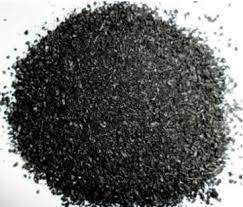
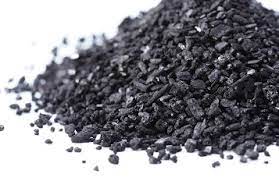
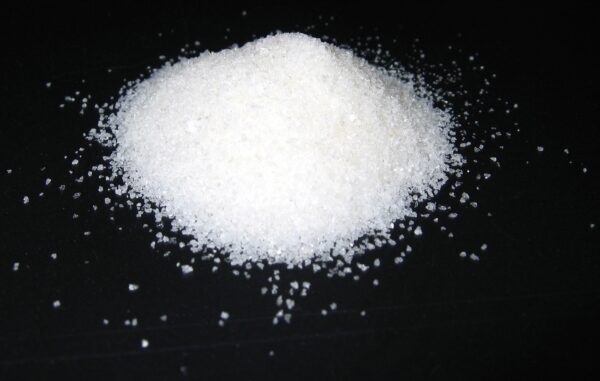
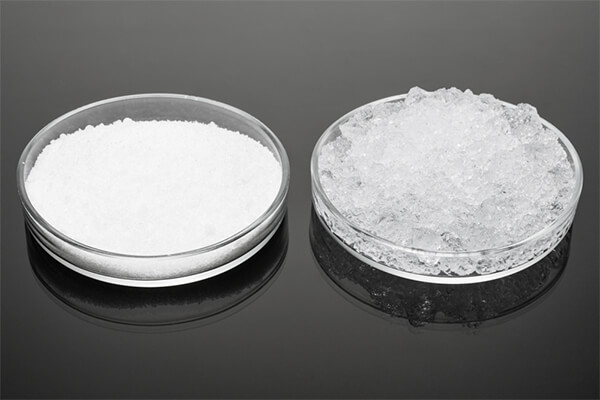


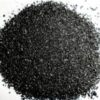
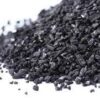
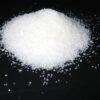


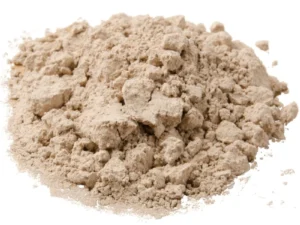


Reviews
There are no reviews yet.